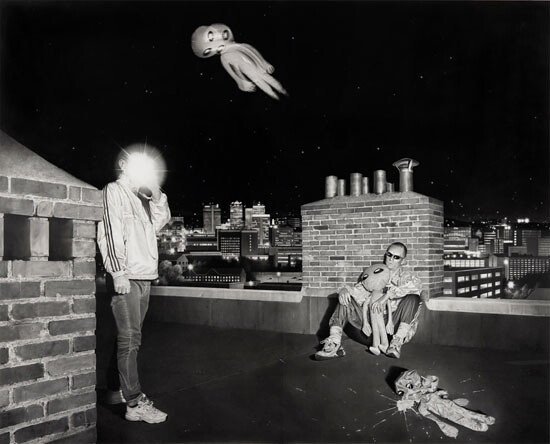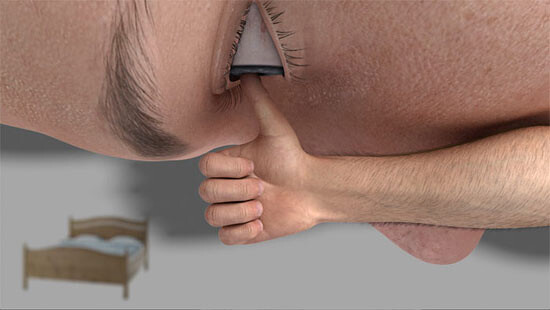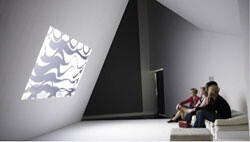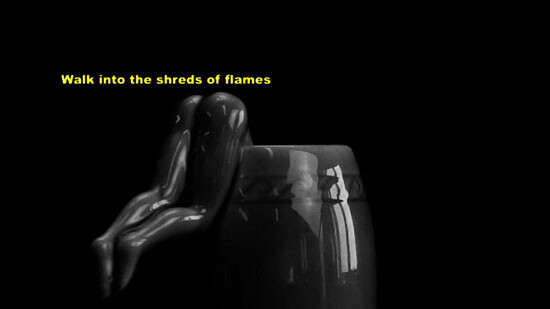It is. It’s a grimly Adornian thought about now, about kitsch, the threat of the seductive, the wicked witch or some other smooth-talking phantom of consumerism’s triumph, but yes, I do think this.1 That the death of the matte screen for computers, TVs, tablets, or telephones is a terrible disaster. It’s a vain and obscuring gleam, the gleam of a current vanity, but nothing so grand as a vanity of vanities, rather the vanity of not owning up to short sight or a slight deafness, of not seeing that we can’t see the screen because we have come to believe only in its factitious and meretricious intensity, in its definition, some other unqualified quality. The gloss is even something that we might call the “inconsiderate,” dressed up as transgression or self-satisfaction, which are much of a muchness in the funding regime of art now.
Troubling, because a lot of artists whose work I truly love—Liz Price, Ed Atkins, David Haines—work, in one manner or another, in video or in drawing, at the highest edge of definition, and I neither squint nor shade my eyes when I see their work. Rather I fall in with it, into it, and the ineluctable unfolding of its discomfort. In Atkins’s Ribbons the definitional perfection of the avatar, its double definition that is both electronic and muscular, supposes a confusion in desire as such, in a relation between seeing and being, perhaps, but in its collapse, its deflation, it floats the Longinian notion of “divine afflatus” as an ironic afterthought of now and now’s desires, puffed and deflated by the duplicity of shine and perfectibility, blown into kitsch as well as its negation.
In Haines the almost ascetic excess of his attention to the vast world of contemporary gay sexualities, especially chav, sneakers, scally, cheap drugs, and low-level filth and S/M and internet self-porn, the slow drawn-out conflation of the mark with iconography as such, generates a radical splitting of the signifier from an adherence to the perceived, a new kind of proposition.


While in Price, in her very different relation to an archive of motifs and techniques, sampling itself becomes a kind of metamedium of which video is no more than a possible support. The scrolls of text in Price’s work, in SUNLIGHT, the scrolling dynamics of her soundtracks there or in The Tent, their counterpoint and strange harmonies, relegate Jenny Holzer to an age of the numeric-pastoral, a moment of too-literal an optimism and an optimistic literalism, rooted in a simple craft of lighting effects and an archaic sense of what should be said.
In Price, an inaugural snap of the fingers, seen and heard, in negative, yellow nails, “This is the sun [sun spinning] … This is the sun’s disc in K-light [hand rotating a cymbal, shimmering, the letter K, the rasping of the soundtrack], these are the first technical images of the sun, photographed in K-light [a stream of explanations], and roughly reanimated here.” Packets of old photographs of the sun slipped one over the other at the speed of this light, of this video, a lurking disquiet that the sun’s disc can be photographed in K-light, but only the sun itself cannot be photographed in sunlight, negative yellows and blues, on the nails of models from a Wolford catalogue. “Let us show you—let us show you.” And we are shown, but this is not a performative; rather an iterated but inconsistent accompaniment of images, for these we are shown, over and over, shown, even when the screen does not say “let us show you.”
So it is with Price, as with Atkins or Haines: an improbable definition and shine offer not more to see—the promise of commercial products—but rather a trouble with the signifier as such, so that the highest of definitions and the most smoothly constructed and shiny avatars might bring us up sharply into the fragility of subjectivation; the explanation of the sun and its accompaniment of figures and sounds might make no sense at all, like the odd movements and antigravitational effects, let us say, that are typical of Altdorfer’s painting. In that sense, these works, resolutely, are not new at all. The shine is an alibi of the now, but this now is also the endpoint of negation that Adorno seeks in Schoenberg, the dolorous presence of art.


Very different is the hypertrophy of technical virtuosity in, for example, Isaac Julien’s North, where the flashing between screens and scenes delivers the delusion of the commercial product as if it could be made real, really present. Yes, yes, I think that and he says so too, in a way, Adorno: “its product is not a stimulus at all, but a model for reactions to nonexistent stimuli.” Not a bad line for working my way around some of the stimuli of the art world now, of the new promises of the shiny, the “Lovely, lovely soup. How you’re going to enjoy it.”2 One risk of the new shiny of the new culture industries is what I guess might be called a new field of vision, one in which the point de capiton, “une notion qui rend nécessaire le décalage du signifiant et du signifié,” becomes inoperative and in which subjectivation itself is entropically put into suspense. And this despite the claim for technology’s fluidity and unlimited processuality. Whatever, it seems like a contemporary debate on the relative wealth or poverty of the image.


Here is a true story. When Elizabeth Price showed The Tent at Bloomberg in London in 2012, I went to see it with the painter Jeffery Steele, whose work figures very largely in the Whitechapel Gallery Systems Art Catalogue of 1972, on which the video works with image and sound. The systematic unpicking and reworking of the catalogue, the making visual and aural of its chromatic and structural notions in sound and figure, the transliteration of these into one another at different levels of intensity—not a synesthesia, but a translation in asymmetry—produces an effect of scraping, or rasping, at times hard to bear, at times quite balmy in its accomplishment. A kind of shine, you might say, dazzling and attracting in the register of an ambivalent affect. We watched three times, and then “Price” asked “Steele” what he thought of the animation of one of his works on the screen. I was dreading such a moment as, over the decades that I had admired this work, I had always thought of it as a rendering into a singular stasis. Oh, he said, it’s great, it’s just what I couldn’t do. New, old, nothing new, nothing old, like sunshine.


Here is a story that might have been true. Many years ago a friend told me—he was a very subtle and minimalist systems composer—that he had, as a student, been standing before some terribly important painting on loan in a national gallery. Out of the corner of his eye he caught sight of one of his tutors walking towards the display, a man feared for his connoisseurial skills. Stricken almost speechless, my friend managed to say only, “Hello, big, isn’t it?” To which the tutor replied, “Yes, and shiny too,” and passed on without more than a glance at the supposed masterpiece. Was it a judgment on my friend’s simplemindedness, or maybe on his incapacity even to have registered the shine? Or on the painting that was thus relegated to some storeroom of Adornian kitsch, even disqualified and misattributed, precisely on account of its shine, its over-varnish? A Caravaggio, even?
There is then shine and shine, rather than shine as such and its then and now and here and there. To steal again from Adorno, if one shine offers room service, another shine offers hospitality. It’s we who first tell them and then tear them apart, and that’s a happy enough politics of art.
Idly rereading Theodor W. Adorno, Minima Moralia: Reflections from Damaged Life, trans. E. F. N. Jephcott (London: Verso, 1978).
Adorno, Minima Moralia, 201.

